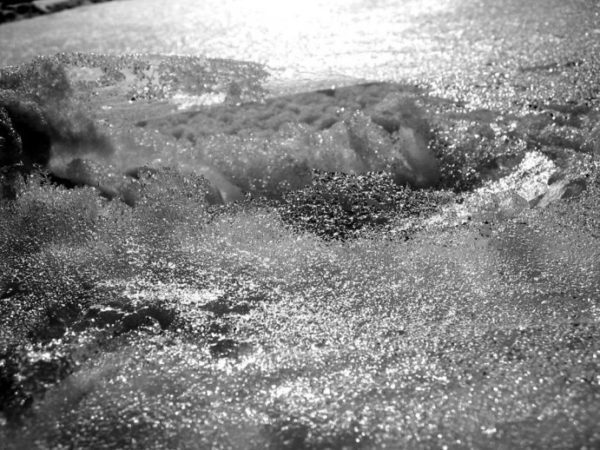A thin crust that forms from solar radiation warming near the snow surface.
Sun crusts are a type of melt-freeze crust that forms from solar radiation warming near or at the snow surface. Unlike rain crusts, sun crusts only form on slopes that receive substantial sun, thus their presence depends on aspect, slope angle, and shade cast from trees or surrounding terrain features. Sun crusts are generally thin, breakable surfaces that form when radiation from the sun melts a near-surface snow layer and it subsequently refreezes from radiative cooling. Given sufficient solar radiation, sun crusts can form even when the air temperature is below freezing.

Firnspiegel is a type of sun crust characterized by a thin, transparent glaze that forms under very specific solar radiation and temperature conditions. Credit: The International Classification for Seasonal Snow on the Ground / van Herwijnen

Sun crust is often used as a catch-all term to describe crusts that form from solar warming. More commonly, direct sun causes snowmelt that is technically classified as a melt-freeze crust (as shown here). Credit: Crested Butte Avalanche Center

If facets develop around a sun crust or melt-freeze crust, they can become a troublesome persistent weak layer. Credit: Chugach National Forest Avalanche Information Center
